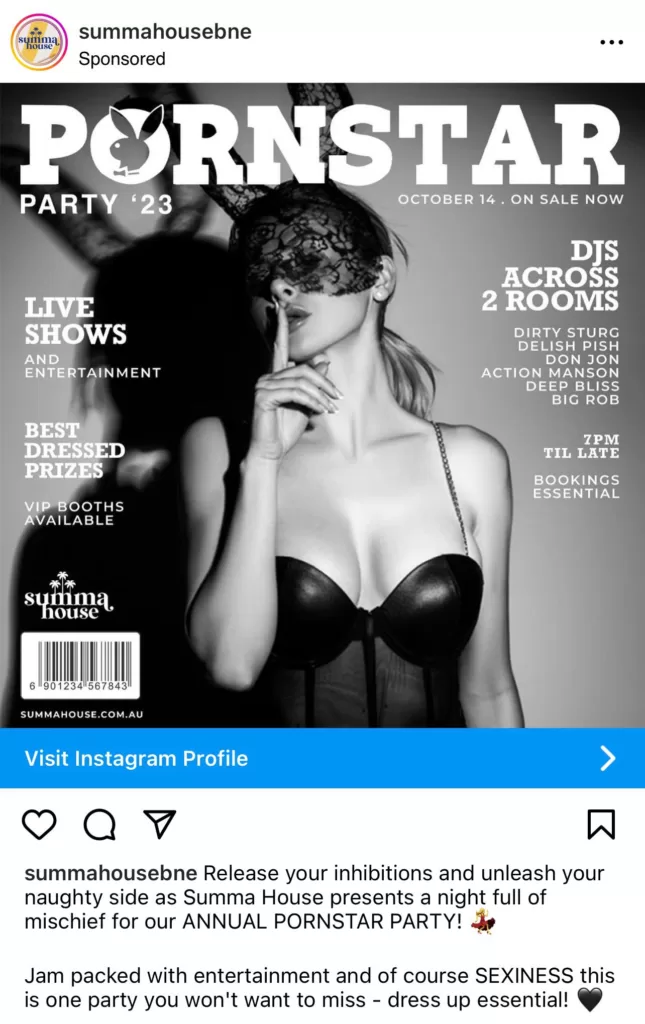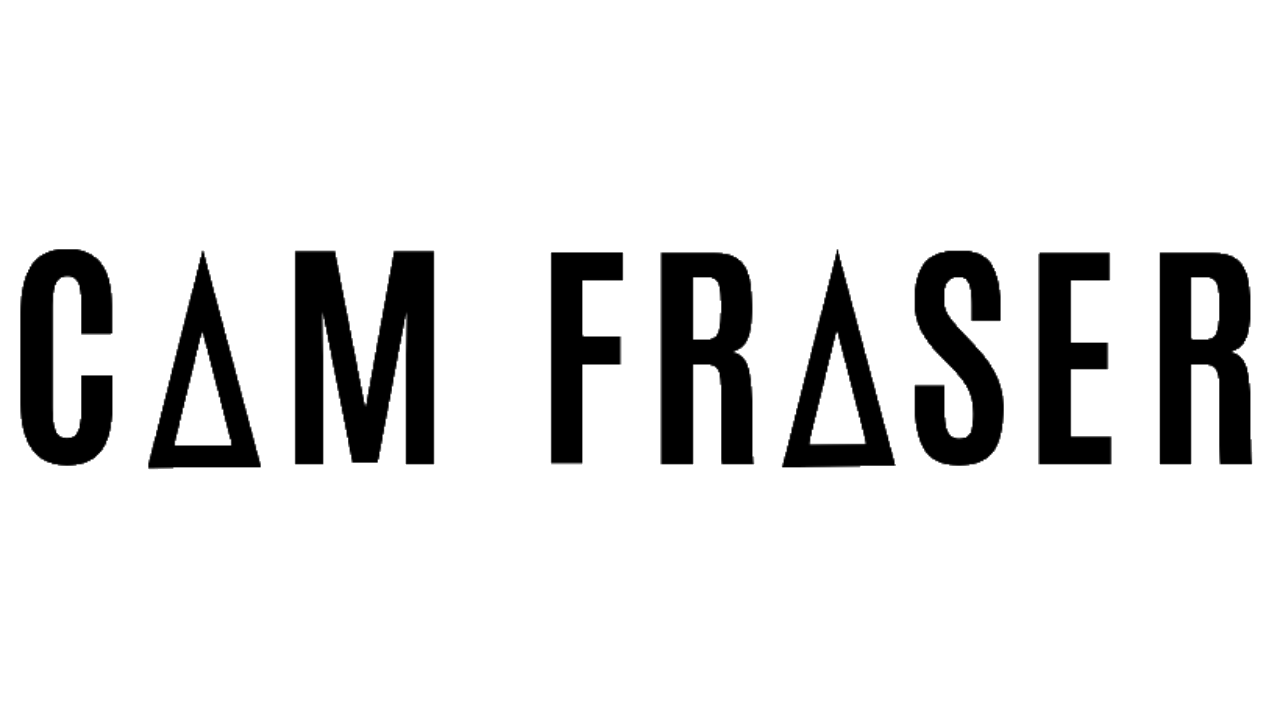
Over on Instagram, I recently saw this advertisement for a “Pornstar Party” event at a local restaurant. It has prompted me to discuss a topic that’s been simmering beneath the surface of mainstream culture for quite some time: the appropriation of sex work aesthetics.
To be clear, I am certainly not the first person to point this out. Sex workers have been saying this for decades.
My intention is not to speak on behalf of sex workers but to educate about this often-overlooked phenomenon. As such, I want to signal boost the voices of the individuals whose livelihoods and identities are being borrowed, repackaged, and sold without their consent or benefit.
Sex work, a profession as old as time itself, has always had a distinct and vibrant culture. From the neon lights of strip clubs to the risqué allure of burlesque, the aesthetics of sex work have long been a source of fascination and inspiration.
However, as noted by Sandra Song in her article for The Daily Beast, the recent trend of mainstream fashion adopting “stripper heels,” known as Pleasers, has led to increased prices and decreased quality, making it harder for sex workers to afford their work attire.
Sex workers are understandably frustrated by this, especially when, as Stacey Clare notes in her book The Ethical Stripper, dancers can be detained and refused entry to a country by border patrol just for carrying Pleasers in their luggage.
But this issue extends beyond footwear.
As Gigi Fong points out in her piece for Hypebae, high fashion has been appropriating sex work aesthetics for years, from Kim Kardashian’s bondage-inspired look at 2021 the Met Gala to Louis Vuitton’s Fall/Winter 2013 promotional film depicting the life of a streetwalker to major fashion brands adopting G-strings, which originated in the early 20th century with sex workers and burlesque performers.
While brands and celebrities profit from the aesthetics, they often fail to support the sex work community.
The appropriation of sex work aesthetics isn’t just about clothes or trends; as Bri Kang discusses in her article for The Link Newspaper, it’s about erasing the realities and struggles of sex workers. Kang calls out the pole fitness folks who refuse to acknowledge the roots of their favourite hobby and caption their posts with #NotAStripper.
Similarly, in her guide to ethical Pole and Erotic Dance, Katia Schwartz notes how the industry has now become flooded with people from non-stripper backgrounds creating businesses, events and performances which perpetuate the notion that Pole Dancing is okay but Strippers aren’t.
As mentioned in Dr. Carolina Are’s blog, Black strippers actually pioneered a lot of modern pole dance. To quote Mina Minou, “Denying the inherent sexuality of pole dancing is kind of classist and undervalues the work of poor Black and brown women and femmes who have struggled for physical autonomy for generations and by perpetuating the separation of fitness with strip culture you’re undermining their labour.”
This is not just about fashion; it’s about respect, recognition, and the right to own one’s culture and identity.
The fashion and pole fitness industries aren’t the only culprits. As Precious Fondren points out in her article for Paper Mag, the music industry, particularly hip-hop, has also been influenced by sex work aesthetics. However, the recognition and respect for sex workers in the music industry are often lacking.
Raquel Savage makes a similar point in her article for Bitch Media. She discusses how hip-hop artists “imitate and glorify hoe shit from the outside” for their benefit while contributing to the oppression of sex workers, offering the examples of Nicki Minaj and Saweetie.
Some sex workers have also expressed discomfort with the commercialisation of sex worker culture in queer spaces and the kink scene. As Maedb Joy explains in her article for Polyester Zine, “Sex workers have been fighting local councils for years, yet kink nights either fail to support campaigns or are the first to draw a clear distinction between the two in fear of associated stigma, despite the presence of sex worker culture within such parties.”
So, what can we do about this?
Some suggestions which come from Elle Stanger’s post on Medium include supporting sex working women by tipping them and sharing their writing, art, media, and struggles against a conservative and sex-shaming society.
“If people want to look like strippers so badly, the least they could do is advocate to make our lives and work environments better. Be an ally, or take off our damn shoes.”
Vixen Temple
As consumers and observers of culture, we can acknowledge the origins of the trends we consume. We can educate ourselves about the realities of sex work, listen to the voices of sex workers, and advocate for their rights and recognition.
As Vixen Temple states in her article for Tryst, “If people want to look like strippers so badly, the least they could do is advocate to make our lives and work environments better. Be an ally, or take off our damn shoes.”
Remember, fashion, music, and dance are a reflection of our society, our values, and our understanding of the world. Let’s make sure they also reflect respect and recognition.

